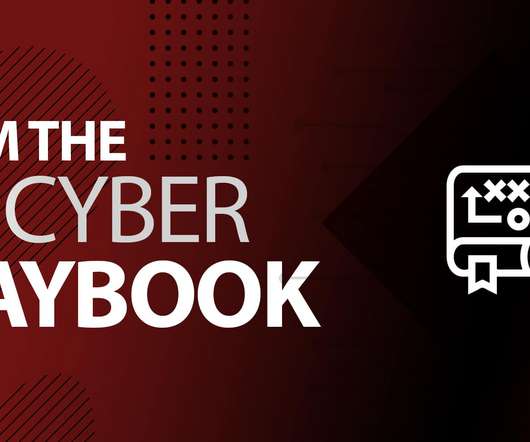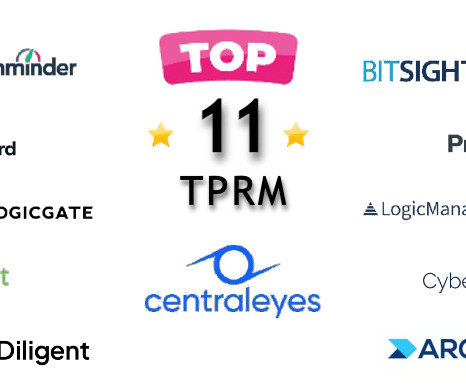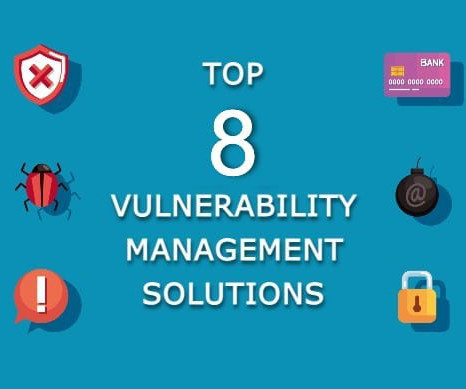GUEST ESSAY: How ‘DPIAs” — data privacy impact assessments — can lead SMBs to compliance
The Last Watchdog
JANUARY 9, 2023
The purpose of conducting a DPIA is to identify and assess the potential impact of these risks on individuals’ rights and freedoms from your proposed processing operations. A DPIA requires a thorough review of any personal data collected and stored, including who specifically controls the data and who has access at any given time.






















Let's personalize your content